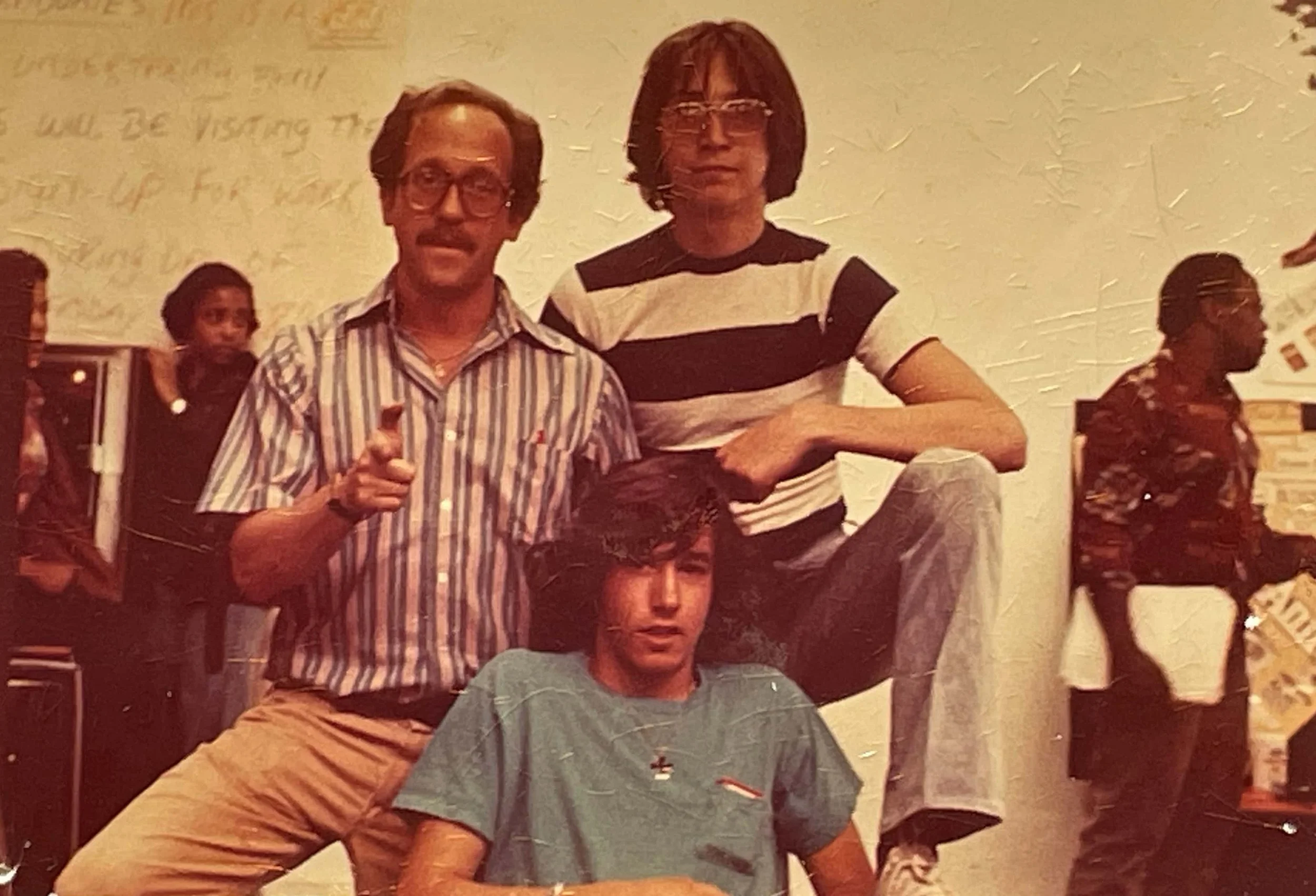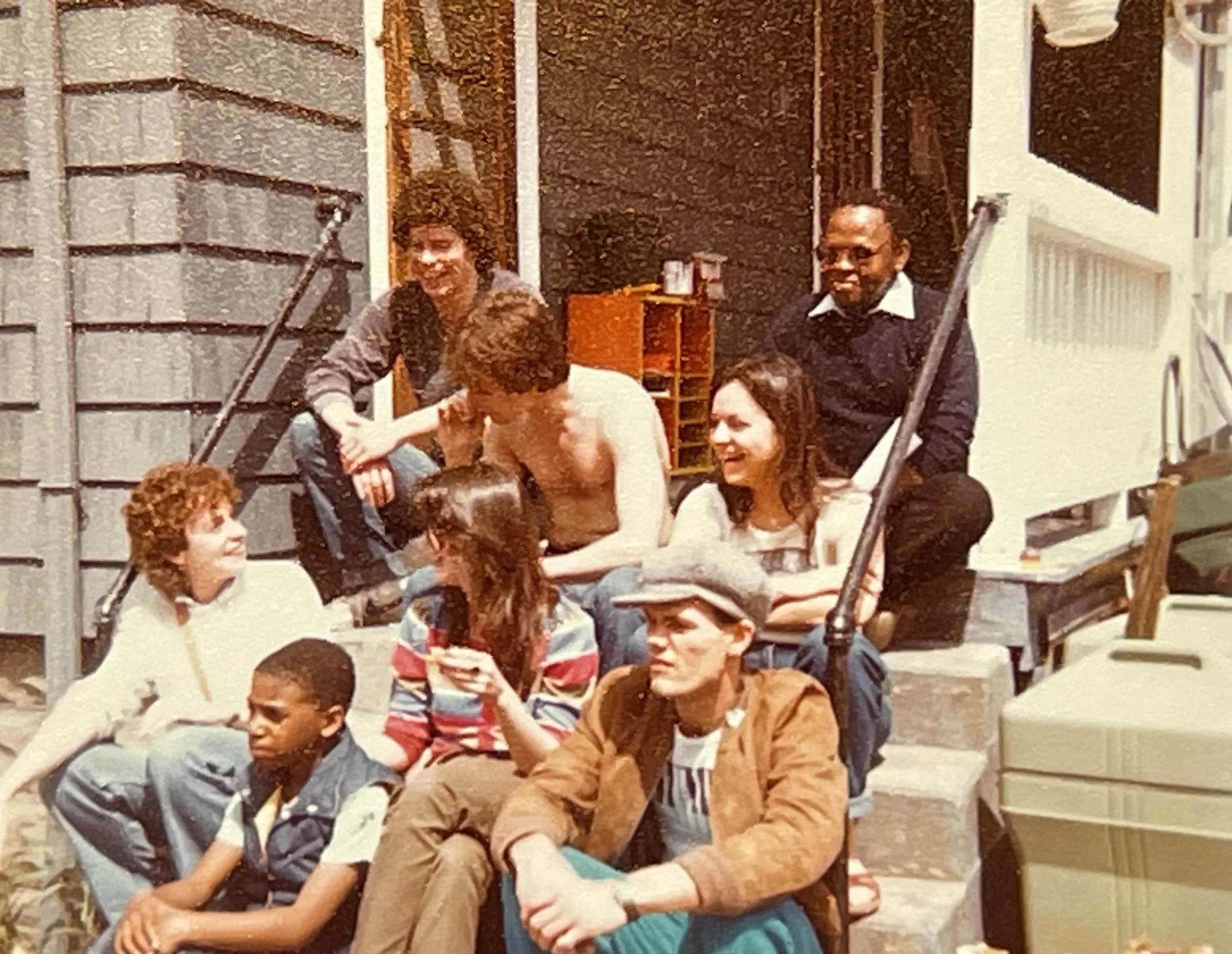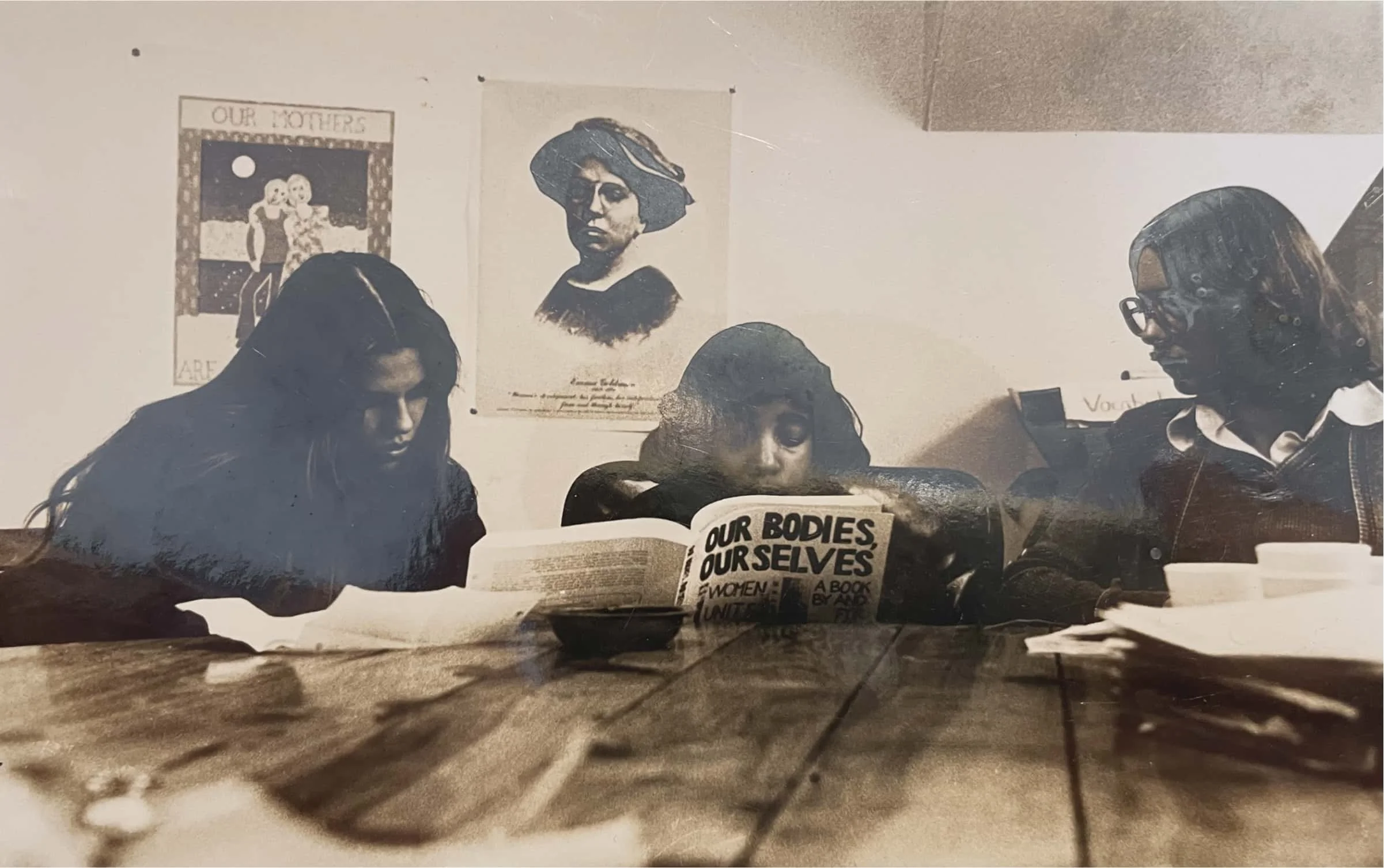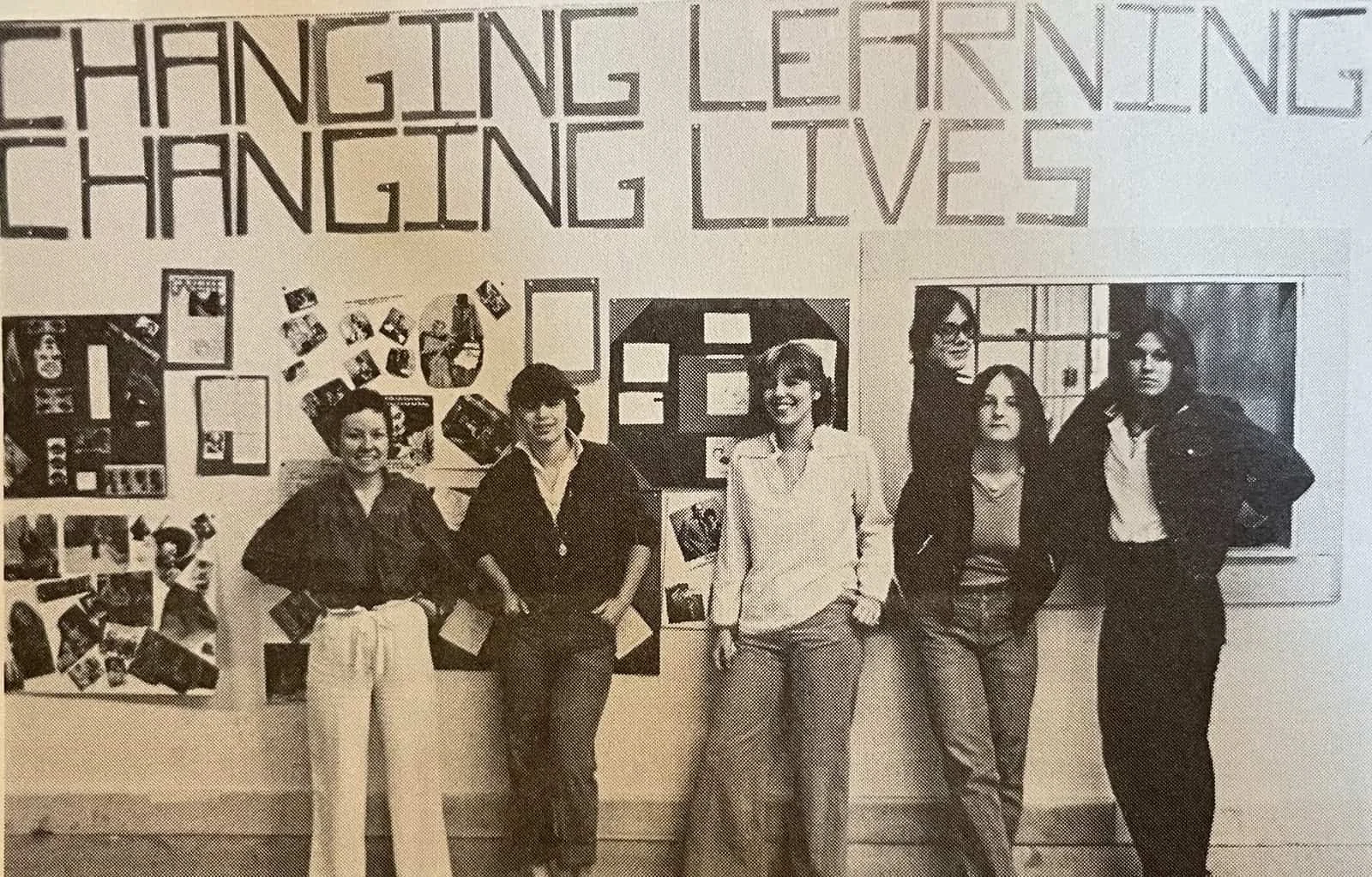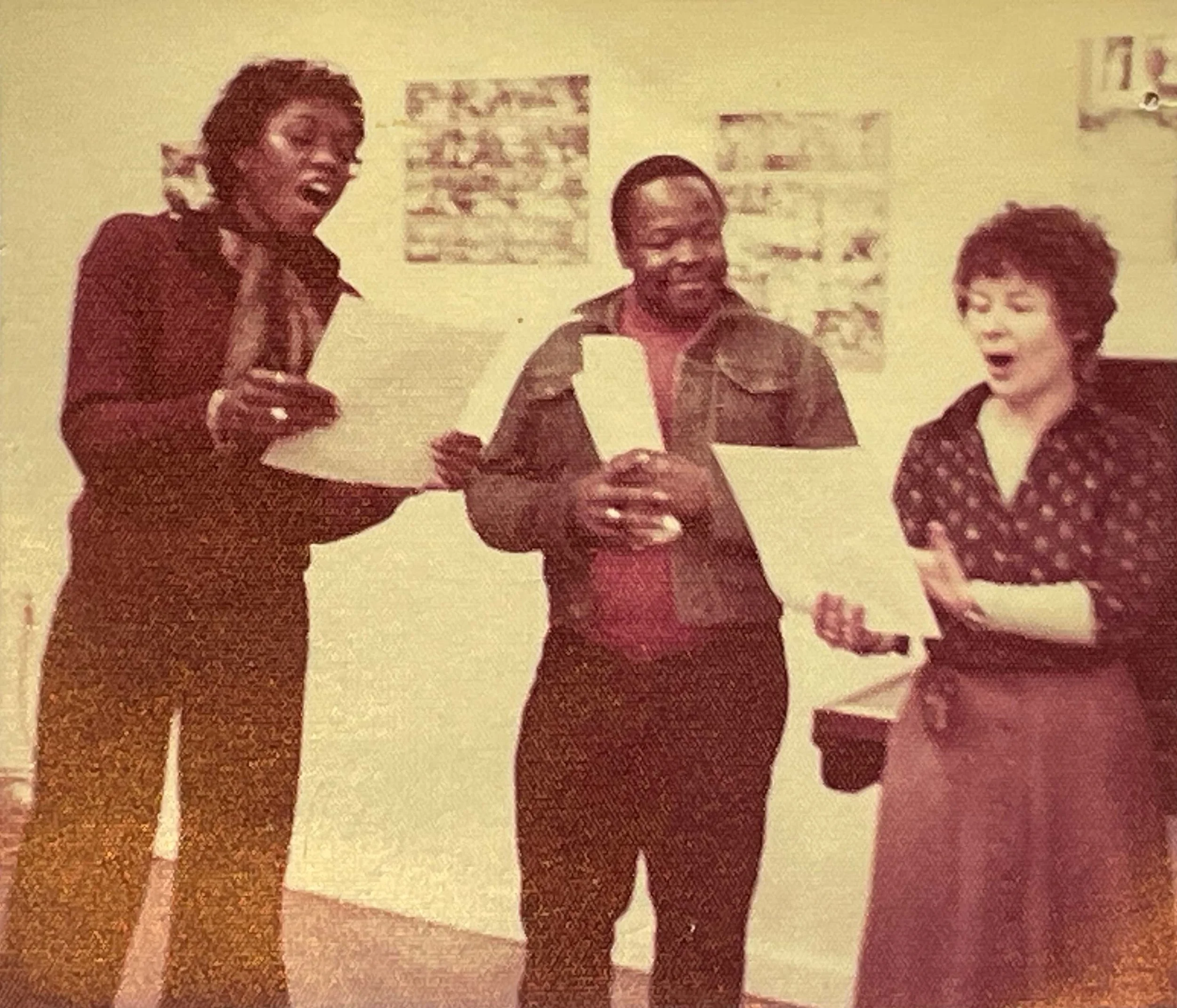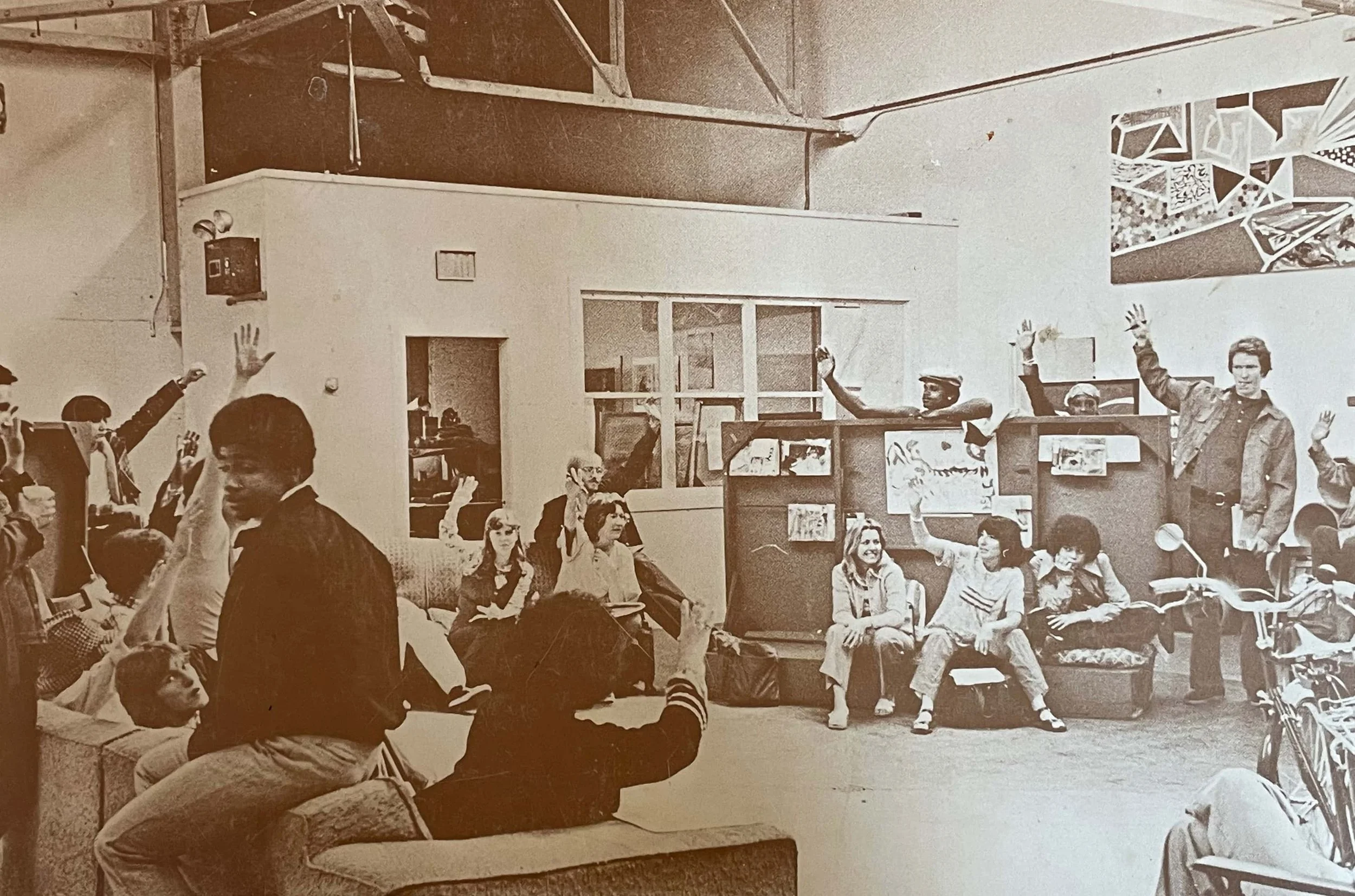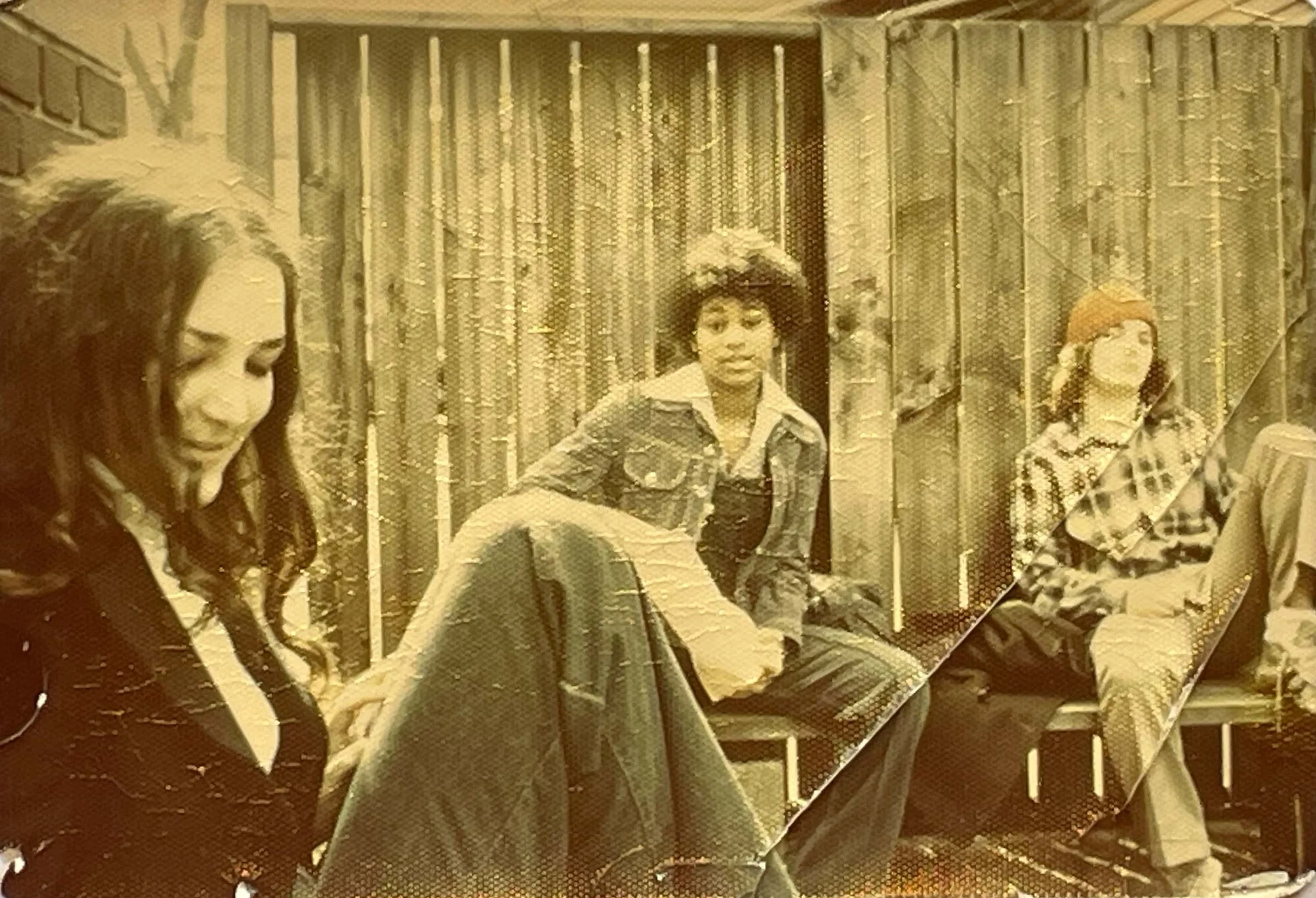
THEN
AND NOW
THEN
If the youthful founders of The Group School (TGS) had written a mission statement it would read something like this: to offer working class youth in Cambridge the opportunity to be full members of a democratic educational community where they experience the autonomy, respect, and connection that has been missing in their prior schooling and where their learning experiences are authentic to their lived experiences, while also helping them see new possibilities.
This strong sense of purpose motivating the founders served as a through-line during the school’s entire history.
1968-1969
From hanging out to becoming “The Group”
1970-1971
Let’s Start A School
1971
The Group School Opens Its Doors ←
1971-1972
Reinventing … everything
1973-1974
Becoming City-Wide and More Diverse
1974-1975
A Building of Our Own
1975-1980
Hitting OUR stride and staying alive
1981-1983
Changing Times and Saying Goodbye
The EARLY Years: 1968-1974
School Formation and Reinvention
In 1968-69 a few dozen teenagers hanging out at a Teen Center in the working-class neighborhood of North Cambridge began talking with a youth worker about issues and aspirations in their lives. Joined by several young teachers who had left their jobs in search of new kinds of learning communities, they turned their focus to their shared critiques of schooling and considering what would be better. In 1970, calling themselves The Group, Inc., they visited alternative schools in other cities and, subsequently, convinced the mayor to fund them to run a summer program. By September 1971, TGS was successful in gaining certification from the Cambridge City Council as a diploma-granting institution, with the understanding that the school would not draw on tax levy monies from the city. The school was up and running.
This unusual origin story set the basic framework for what was to come. In the early years, the founders — joined by other youth and teachers looking for an alternative to public schools — shaped the key principles, policies and practices that continued through the life of the school. To ensure that everyone had a say we established joint student/staff committees to oversee all aspects of the school, including course offerings, hiring, attendance, graduation requirements, etc. In weekly Community Meetings everyone gathered to hear from committees, vote on emergent policy issues, and talk about everything from field trips to whether and where to buy a building.
The advisor system offered a more personal kind of interaction through weekly meetings with each advisee, as well as group meetings, camping trips, and brunches. For academics, students could choose among courses that were designed to help them believe in their capacity as learners and where they could explore their identity through the lenses of social class, race, and gender. At the end of each term, advisors gathered all the student’s teachers for assessment conferences, to consider both the student’s and the teachers’ performances and to map where the student was in the journey to graduation.
The MIDDLE Years: 1975-1980
Hitting Our Stride
Purchasing and renovating an industrial-sized garage marked the start of the most stable and ambitious period for TGS. We finally had the space we needed for our community to grow. We built classrooms to accommodate our courses and meetings, constructed a community theater space for our popular drama program, space for arts courses with special equipment, like photography and pottery, and even an in-door volleyball court. With demand for the school growing, we instituted a lottery that insured representation from different neighborhoods, races, and ethnic groups. The staff also grew as many of us who had started as part-time volunteer teachers took on additional administrative responsibilities as advisor coordinators, academic coordinator, college and career counselors, etc.
Our literary magazines and yearbooks amplified student voices, as did original plays that drama students performed for peers in public schools. Our approaches were captured in publications and professional development workshops for schools and youth programs as part of a state grant to document and spread our work. Further funding also supported us to document various aspects of our programming, including a full-length book, Changing Learning, Changing Lives (Feminist Press, 1978), that codified our extensive women’s program. Such documentation helped us continue to deepen the work inside the school while expanding our reach and potential impact outside of our building.
Riding this momentum, in 1978 we were able to secure a federal grant for Youthworks, a youth apprenticeship program for older students and graduates, an early forerunner of the School to Work Opportunities Act of 1994 and we began offering an Allied Health curriculum. We were also able to negotiate for support from the Cambridge Public Schools in the form of two part-time Title One teachers who offered reading and math support for our growing student body.
The LATE Years: 1981-1983
Changing and Challenging Times
In the late 1970’s, the country was moving from the “just say yes” mood of the 1960’s and early ‘70’s to the “just say no” era ushered in by the 1980 election of Ronald Reagan. At TGS we experienced increasing difficulties in raising both public and philanthropic dollars. State funding for drug prevention and juvenile justice diversion had been an early source of support, but these funds were shrinking, as were state and federal dollars for education innovation. Philanthropies that had supported us wondered why we didn’t just fold ourselves into the public education system, especially with the increased monies available for special education (SPED) services. Couldn’t TGS, they wondered, become a SPED program?
We made the difficult decision not to do that. From the beginning we had been clear that TGS students would not be labeled or tracked, which would have been required to be eligible for SPED dollars. In addition, SPED support would have required most of the staff to gain special education credentials, and our curriculum to follow district and state mandates that too often did not align with what had been working well for our students. At the same time, many staff were finding it difficult to sustain such low salaries and long hours into another decade.
After the 1981 graduation TGS stopped accepting new students. With money from the Youthworks grant and the sale of our building, a small staff continued to work with students who were not yet ready to graduate. In 1983, when the last students had graduated, The Group School officially closed. In an arrangement with the Cambridge School Department, student transcripts were moved there so that graduates could continue to apply to postsecondary education and for jobs that required proof of high school coursework.
